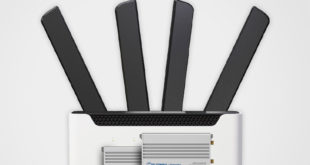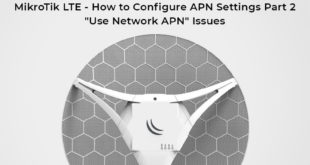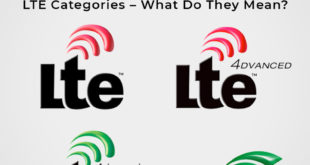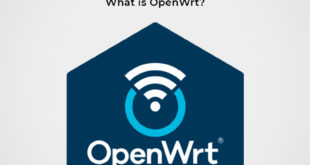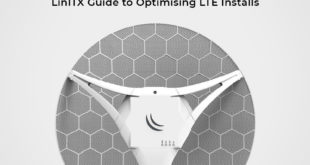What is 5G? 5G is the 5th and latest (as of February 2023) generation of wireless mobile technology. It has the potential to be up to 100 times faster than the previous 4G standard. In terms of connection speed alone, and compared to previous iterations, 3G can reach network speeds …
Read More »What is LTE Cat20 and What Are the Benefits?
Keeping up to date with the latest LTE categories and their individual capabilities can be difficult to navigate; hopefully, this LinITX quick-guide can help customers understand the benefits of the new LTE Cat20 standard. LTE Cat20 is currently (as of February 2023) the most advanced LTE standard available to consumers …
Read More »MikroTik Default Password – Hidden Pull-Out Tab – hAP AX3 & LHGG LTE18 Kit
After receiving questions from customers wanting to know the default login and password for their new MikroTik hAP AX3 or LHGG LTE18 kit, we decided to write this quick guide to help other customers find the right details. If you’ve just bought your shiny new MikroTik hAP AX3 or LHGG LTE18 …
Read More »Ubiquiti Product Terminology & Brand Update
In the ever-changing world of WiFi technology and wireless networking, it’s sometimes difficult to keep track of the latest technical terms and language used to refer to product ranges and specific product types. Ubiquiti has been providing innovative, cutting-edge products for the last 20 years, and in that time, WiFi …
Read More »MikroTik LTE – How to Configure APN Settings Part 2: “Use Network APN” Issues
Our customers often ask LinITX.com why their MikroTik LTE devices cannot get any internet access after following our guides on how to configure APN Settings. We thought we’d write this short How To on disabling a simple option that’s potentially stopping your MikroTik LTE device to have internet access. So …
Read More »What Are SMA & RP-SMA Connectors and What’s the Difference?
Here at LinITX.com we’re often asked by customers about SMA connectors and RP-SMA connectors (sometimes referred to as RESMA connectors) – specifically, which connectors they need and what’s the difference between them. Here’s a quick guide to SMA and RP-SMA connectors. The SMA in SMA connector is short for SubMiniature …
Read More »LTE Categories – What Do They Mean?
As a supplier of many different types of LTE devices from manufacturers including Teltonika, QuWireless, MikroTik, Ubiquiti and TP-Link, we’re often asked by our customers what the different LTE categories offer and what speeds they are capable of. In this quick-guide to LTE, we’ll take you through the most common …
Read More »What is TP-Link Omada?
TP-Link’s Omada platform is The Smarter Cloud Solution for Business Networking, featuring a range of cutting-edge products ideal for use in a number of business networking environments. TP-Link Omada’s SDN (Software Defined Networking) platform integrates wireless and networking devices, including network switches like the JetStream TL-SG2218, access points like the …
Read More »What is OpenWrt?
OpenWrt is an open-source project based on Linux, it’s completely free and aimed at users wanting to create custom embedded operating systems for routers. One of the main benefits to using OpenWrt is it allows users to customise their router’s funcionality, usually improving on the performance provided by the default firmware. …
Read More »LinITX Guide to Optimising LTE Installs
Setting up a 3G/4G/LTE internet connection is becoming increasingly popular, especially with more and more people starting to work from home, in areas where broadband may be lacking or of very poor speed. As a result, we receive a lot of queries asking about setting up a mobile data solutions …
Read More » LinITX Blog Ubiquiti & MikroTik Wireless Networking Experts
LinITX Blog Ubiquiti & MikroTik Wireless Networking Experts


